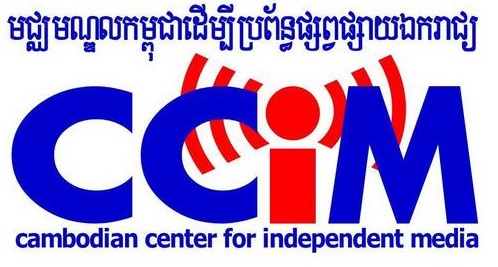History
Regime Changes Impacted Media
When the Khmer Rouge regime raged from 1975-1979, it wiped out the basis for journalism in Cambodia, with only ten journalists surviving the regime (1).
After the fall of the Khmer Rouge and with the Vietnamese installed political regime from 1979 to late 1980’s, foreign journalists were banned from entering Cambodia from 1980 to 1986. At that time, the media landscape was mainly made up of partisan news media, being used as a political tool. As such, no newspaper was allowed to be published, except Pracheachun, a daily newspaper mainly expressing the stand of the ruling party on domestic and international affairs.(2)
Peace Accords: A Scent of Media Freedom In The Air
With the 1991 Paris Peace Accords and the arrival of the UN Transitioning Authority of Cambodia (UNTAC), newspapers started to flourish (3). The role of the media slightly changed, contributing to the establishment of the reconciliation process and the rebuilding of people and institutions. It is for example believed that the success of voters’ registration ahead of the first democratic elections in the country in 1993, was largely due to the wide reach and neutral programs of the UNTAC radio (4), set up by the United-Nations in 1992.
But while the efforts continued to develop media pluralism in Cambodia after UNTAC, this unforeseen surge of free expression did not allow time for the development of ethical constraints in the Cambodian media, nor for the training of journalists, most of whom were new to the profession (1).
Media As Political Assets
As such, the lack of regulation in the sector led to the consolidation of existing and new patronages for the past 2 decades. This translated to the ownership of media outlets and companies, and partly explains why the majority of media outlets became political assets, rather than conventional business assets (3).
Today, according to the Reporters Without Borders (RSF) World Press Freedom Index, Cambodia is ranked 139 out of 180 countries in 2015. It is also one of the less problematic countries in Southeast Asia. In a regional comparison, Myanmar (144), Malaysia (147), Singapore (153), Laos (171) and Vietnam (175) were arrayed behind Cambodia.
Sources

